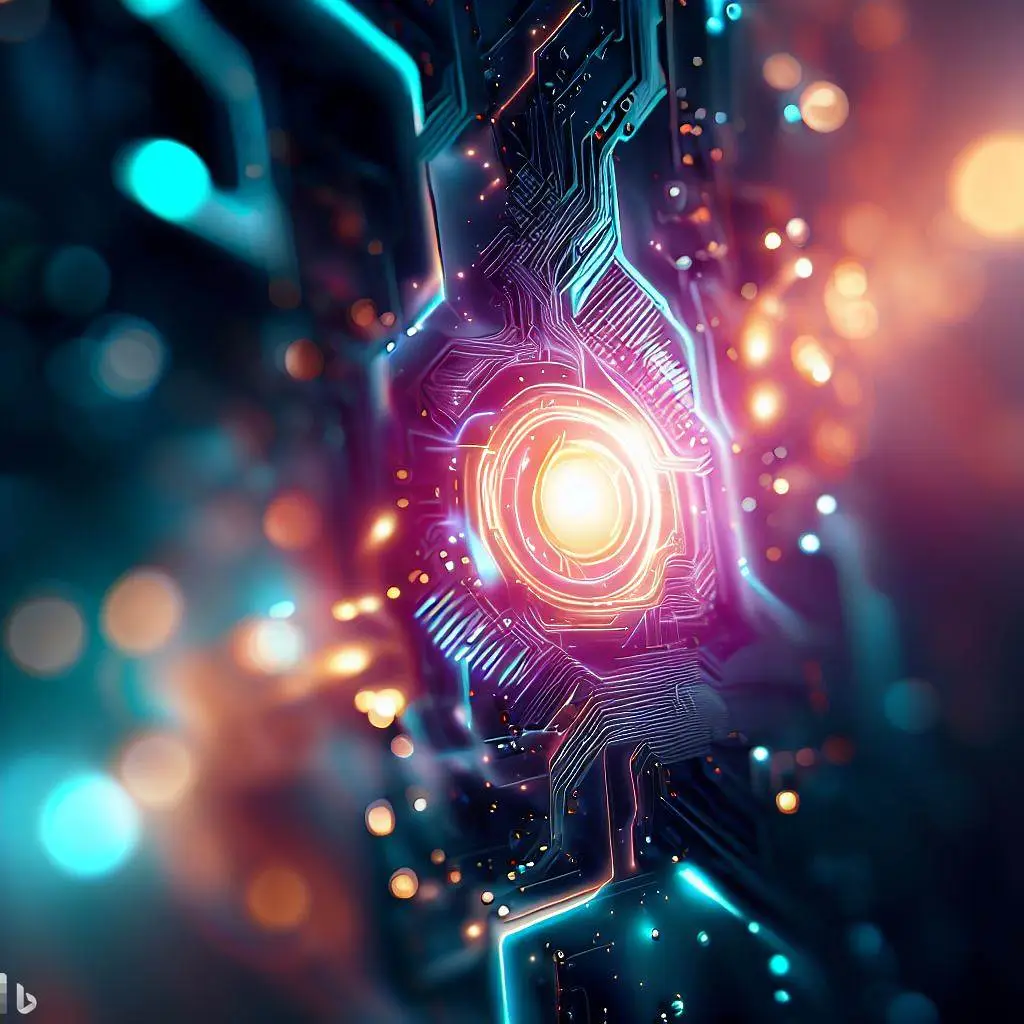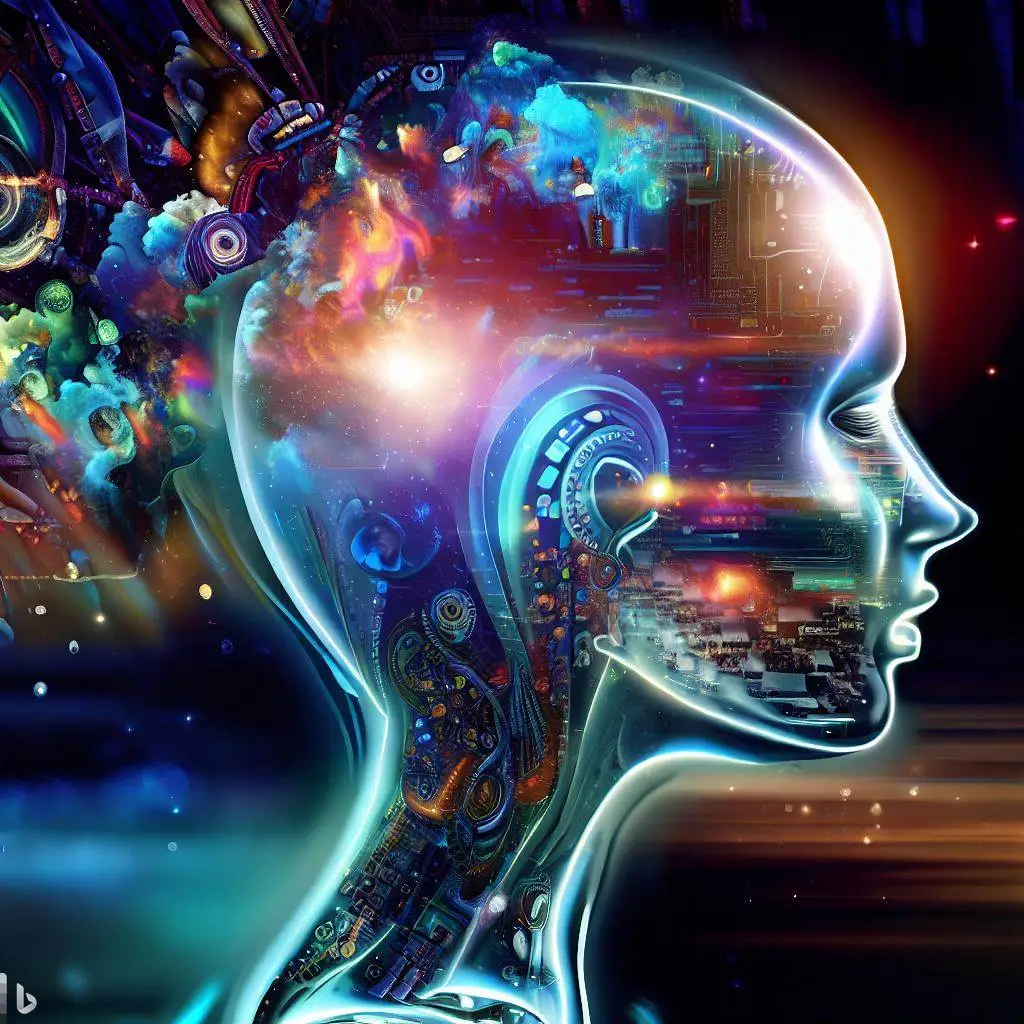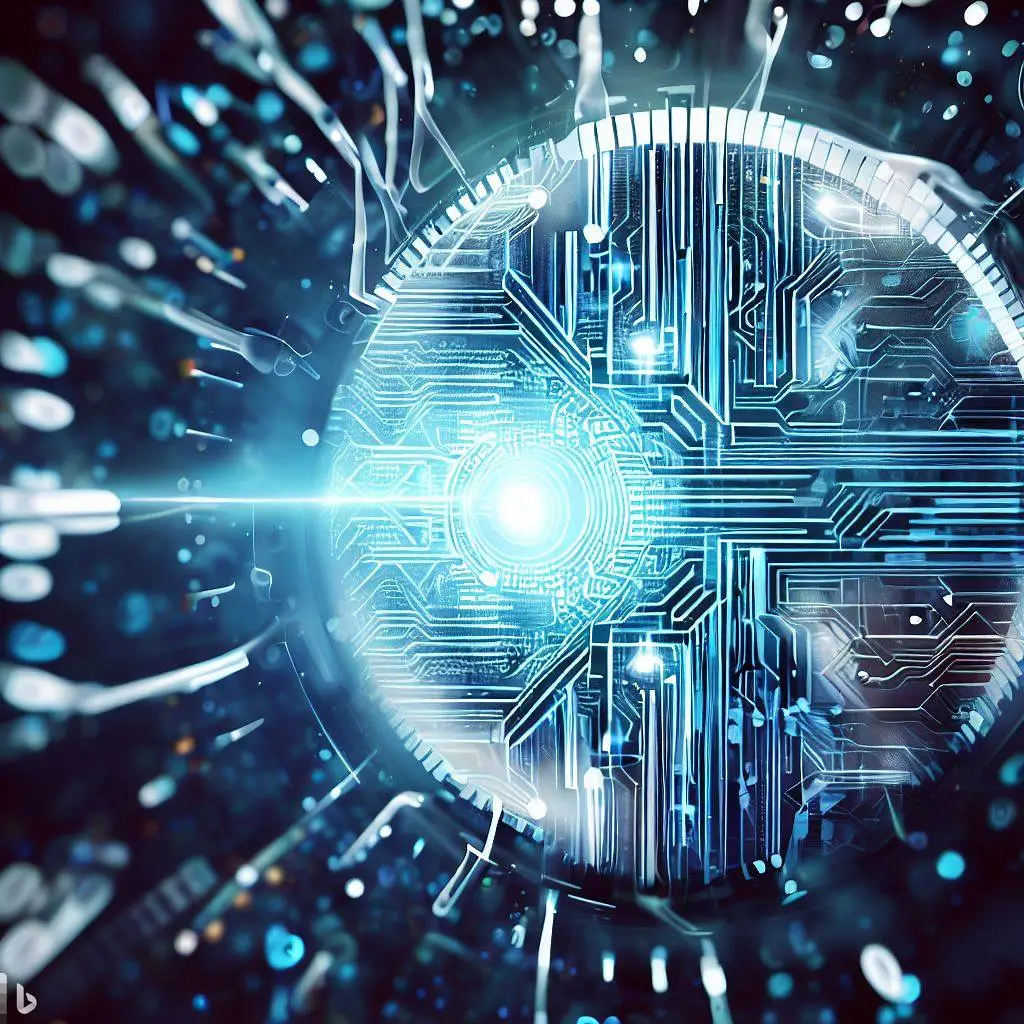Claude 3.5 Sonnet: The Next Leap in AI
The latest model is available for free on Claude.ai and the Claude iOS app, with higher rate limits for Claude Pro and Team plan subscribers. Additionally, the model can be accessed via the Anthropic API, Amazon Bedrock, and Google Cloud’s Vertex AI, priced at $3 per million input tokens. As posted by Perplexity CEO Aravind Sreenivas, the model is now available on Perplexity. With 2x the speed of Opus, Claude 3.5 Sonnet unlocks new possibilities for complex AI applications across reasoning, knowledge, and coding tasks.
GPT-4o: OpenAI’s Powerhouse
OpenAI’s GPT-4o, released earlier, has also demonstrated significant improvements over its predecessors, including GPT-3.5. It shows enhanced language understanding, broader knowledge, and better contextual comprehension, often generating more accurate, coherent, and contextually relevant responses. GPT-4o has been lauded for its superior performance in various applications, from natural language processing to advanced reasoning tasks.
Key Features and Comparisons
Artifacts Feature
One of the standout features of Claude 3.5 Sonnet is the Artifacts feature. This innovative addition expands how users interact with Claude, offering a dedicated window alongside conversations. While generating content like code snippets, text documents, or web design, users can now see a preview of the output. This real-time preview capability enhances user experience and efficiency, allowing for immediate feedback and adjustments. In contrast, GPT-4o lacks a comparable feature, which puts Claude 3.5 Sonnet at an advantage for users who require instant visual feedback.
Solving Pull Requests
Claude 3.5 Sonnet shows major improvements in coding tasks, especially pull requests. It solved 64% of problems in an internal evaluation, up from 38% for Claude Opus. This leap demonstrates Sonnet’s enhanced reasoning and coding abilities, making it a potentially valuable tool for collaborative software development. While GPT-4o is also competent in coding tasks, the specific improvement metrics for Claude 3.5 Sonnet highlight its superior performance in this area.
Conclusion
The debate over whether Claude 3.5 Sonnet outperforms GPT-4o is complex and multifaceted. Claude 3.5 Sonnet boasts several innovative features, such as the Artifacts feature, and has demonstrated significant improvements in specific tasks like solving pull requests. Its enhanced speed and efficiency make it a formidable competitor in the AI language model landscape.
On the other hand, GPT-4o remains a powerful model with excellent language understanding, broad knowledge, and superior contextual comprehension. The choice between Claude 3.5 Sonnet and GPT-4o ultimately depends on the specific needs and priorities of the user. For those seeking advanced coding capabilities and real-time content previews, Claude 3.5 Sonnet may be the preferred choice. Meanwhile, users who prioritize comprehensive language understanding and contextual accuracy might lean towards GPT-4o.
As both models continue to evolve, the competition between them will likely drive further advancements in AI technology, benefiting users with even more sophisticated and capable language models in the future.









Add a Comment: